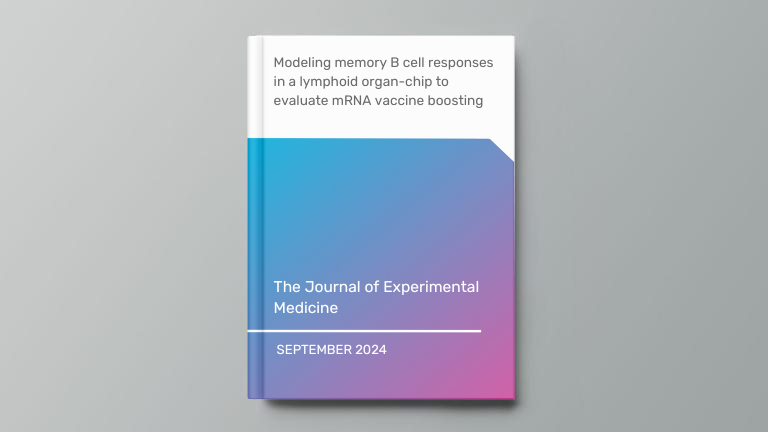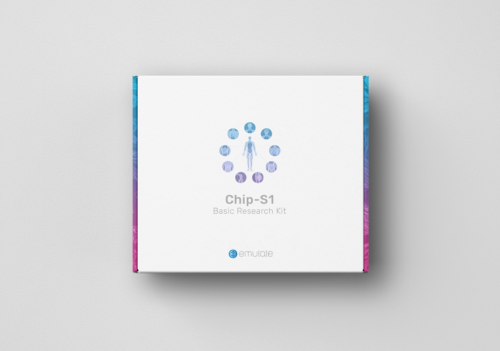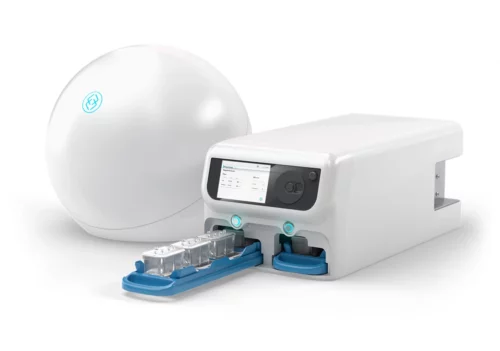Organ Model: Lymphoid Follicle
Application: Vaccine development
Watch our webinar to hear the author discuss the study’s findings and insights in detail.
How Organ-Chips Were Used: Predicting the immunogenicity of candidate vaccines in humans remains a challenge. To address this issue, the authors developed a Lymphoid Organ-Chip (LO Chip) based on a microfluidic chip seeded with human PBMCs at high density within a 3D collagen matrix. The LO Chip represents a versatile platform suited to the preclinical evaluation of vaccine boosting strategies.
Key highlights:
- The model recreates key lymphoid tissue features, including CD4+ T cell/B cell cluster formation and emigration of matured plasmablasts.
- It effectively mimics vaccine boosts, amplifying SARS-CoV-2 Spike protein-specific B cells, plasmablast differentiation and antibody production.
- The dynamically perfused culture system outperforms traditional 2D and 3D static cultures in immune response simulation.
- The LO Chip is responsive to both protein and mRNA-encoded antigens, highlighting its potential for preclinical evaluation of vaccine boosting strategies.



